A review of The Ecopoetry Anthology, edited by Ann Fisher-Wirth and Laura-Gray Street. 2013. Trinity University Press, San Antonio, TX. 628 pages. Buy the book.
Are cities beyond the help of poetry?
Donald Trump and his administration seem to think so, and their recent actions give the question urgency for both the U.S. and the world. Reports of their plans to slash the National Endowment for the Arts appeared in the same week that Trump, in his first press conference since the inauguration, continued his blanket tirade against the “inner city,”—an obstinate and unevolving polemic couched in a blunt, transparent racism. (Full disclosure: The Nature of Cities has received funding from the National Endowment for the Arts in 2017).
…“We’ve become ever more convinced that the environmental crisis is made possible by a profound failure of the imagination.”
In the United States of late, we have been so inundated with vitriol relating to all facets of American life, it has become difficult to remember that language can be a tool of inspiration, an implement for acknowledging, praising, and elegizing the contradictions of the urban human—and non-human—conditions, so that we can act to address those conditions: to fix them, or celebrate them.
For this reason, urbanists’ stand to gain much from Ann Fisher-Wirth and Laura-Gray Street’s The Ecopoetry Anthology, a broad and luminous collection of historical and contemporary ecopoetry (not strictly from the U.S.), which delivers us from Ezra Pound’s edifying inhabitation of a “tree amid the wood”—to Marianne Moore’s scintillating evocation of light in “The Fish,” in which
“the submerged shafts of the
sun,
split like spun
glass, move themselves with spotlight swiftness
into the crevices—
in and out, illuminating”
—all the way to A.R. Ammons’ quasi-design-oriented meditation on order (or lack thereof) in the world:
“in nature there are few sharp lines: there are areas of
primrose
more or less dispersed.”
On first look, the book is imposing: almost 700 pages from the editors’ prefaces and poet Robert Hass’s introduction to the ending credits and acknowledgments. Yet the intimidation of its appearance is reduced by the emotion of the editors’ words, both in their joint preface and individual introductions to the project, which remind us of the radical capacity of poetry to alter our thinking. Over the course of editing, Fisher-Wirth and Street write, “we’ve become ever more convinced that the environmental crisis is made possible by a profound failure of the imagination.” And although the editors do not speak specifically about the environment in urban contexts, their assessment holds for cities in the Trump Age: there is perhaps no greater failure of the imagination than Trump’s reliance on an evil Other, on the “hellish” inner city as it has stubbornly persisted in our cultural imagination, despite our knowledge that in the United States and around the world, our cities—while far from perfect—tend to be centers of inclusiveness, diversity (including biodiversity), and innovation.
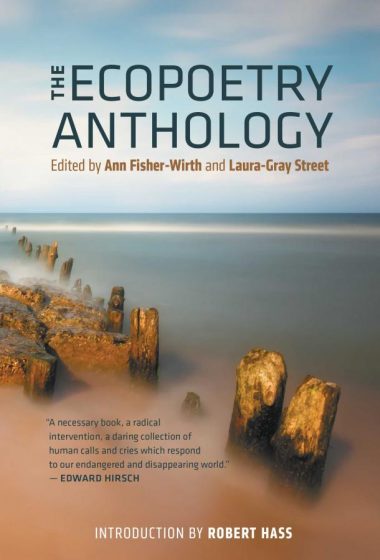 In this anthology, hallmarks of United States identity, including creativity, freedom, ingenuity, and humor—but also oppression by the market, degradation of the environment, and disruption of community—emerge and intertwine with each other in a complex whole. The American city, its archetypal inhabitants and its present challenges, are implied—if sometimes left to linger just out of frame—in all of these poems.
In this anthology, hallmarks of United States identity, including creativity, freedom, ingenuity, and humor—but also oppression by the market, degradation of the environment, and disruption of community—emerge and intertwine with each other in a complex whole. The American city, its archetypal inhabitants and its present challenges, are implied—if sometimes left to linger just out of frame—in all of these poems.
For example, the city is the circulatory muscle at the center of the connective railroad wires that witness Hart Crane’s “last bear, shot drinking in the Dakotas /” who “Loped under wires that span the mountain stream. / Keen instruments, strung to a vast precision” that “Bind town to town and dream to ticking dream.”
Likewise, in his 1962 poem “California,” George Oppen thinks through the strange vertigo produced by globalization long before “globalization” is a defining parameter of the urban experience, let alone a household term. He marks the linkage between geologic formations—“the headland” that “towers over ocean / At Palos Verdes”—to the delightful incongruity of modern transportation—“But I am sitting in an automobile”—which renders far places newly proximal, newly possible. “And I look down at the Pacific,” he writes, “blue waves roughly small running at the / base of land, / An area of ocean in the sun—” and he sees, viscerally, that, “Out there is China.”
Other urban problems become visible in the suburban, in the systems that feed or are fed by cities. Julianna Baggott’s contemporary Delaware is “ripe” with carcinogenic pollutants, “but we don’t speak of it, the hometowners,” she wryly writes—thereby speaking of it, and gesturing to some of the outcomes of urbanization.
Crane’s, Oppen’s, and Baggott’s signals, whether conscious or subconscious, to the United States city—their illustrations of the urban and its consequences with words of despondency, spare wonder, and pain—reflect fragments of U.S. citizens’ fight for our national identity across the rural-urban continuum. Indeed, these are battles being waged the world over as people attempt to handle resource scarcity, worldwide political instability, and a rapidly changing climate.
Yet it is Lucille Clifton’s “Grief” that captures the specific rawness of our mood, and asks for the kind of inadvertently enforced pause in which the United States, in particular, now finds itself poised, wary and waiting for what will happen now that the “myth of america” has been upended. “pause then,” she writes, “for the human / animal in its coat /of many colors. pause/ for the myth of america. / pause for the myth / of america.”

To what myth is Clifton referring? Is it the myth of the United States’ erstwhile “greatness,” a condition which Donald Trump believes we once achieved and must return to—and which other societies have been guided, by hook or by crook, to emulate? A pathological, sick myth that looks to the internment of Japanese Americans in concentration camps as precedent for future policy, that perpetuates the racism of voter suppression by spreading lies about voting fraud, that would prefer to supply separate—certainly not equal—facilities for transgender students than their cis-gender peers use?
I believe this myth, which subsumes these and countless other horrors under the wrong heading of “greatness,” is the “myth” to which Clifton is referring. In this fraught moment in U.S. and world history, Trump’s is the inevitable story that emerges from a failure of imagination—a story made mythic only because of our unwillingness to take responsibility for its reality. It is a complicated (but not inexplicable) story that has resulted in the accumulation of immense power for a very few, via the unconscionable and systematic oppression of vast numbers of others and the degradation of the Earth.
But Clifton’s use of “myth” as the operative word, the fulcrum on which her poem turns, is also the word in which we can locate the possibility of a profound imaginative success: the formulation of a true greatness, in which U.S. cities—and, by extension, U.S. and global society—can “pause” in solemnity, and bear witness to “the human animal in its coat of many colors.” It is rich, diverse, overflowing with creatures of tremendous emotional capacity and landscapes of immense wisdom.
The poems in The Ecopoetry Anthology give us the coherent, multi-faceted evidence of a society—indeed, a global urban environmental one—that is strong enough to take ownership of our past, to call attention to its echo in the present. This society is self-aware, introspective, and capable of forging understanding across disciplines. As citizens and urbanists, it is our responsibility to draw on this evidence to help in shepherding a new mythic identity in cities. Going forward, we must listen and learn, as Pound did by embodying the tree—to come away, as he did, with “many a new thing understood / That was rank folly to my head before.”
One way that we can learn is by repeatedly returning to Fisher-Wirth and Street’s big book for an illustrative phrase here, a provocative phrase there. We can infuse these into our work to create cities that are more resilient, livable, sustainable, and just. And we can remember that, as Adrienne Rich says, “No one has imagined us. / We want to live like trees, / sycamores blazing through the sulfuric air, / dappled with scars, still exuberantly budding, / our animal passion rooted in the city.”
Laura Booth
San Francisco
Click on the image to buy the book at Amazon. Some of the proceeds return to TNOC.


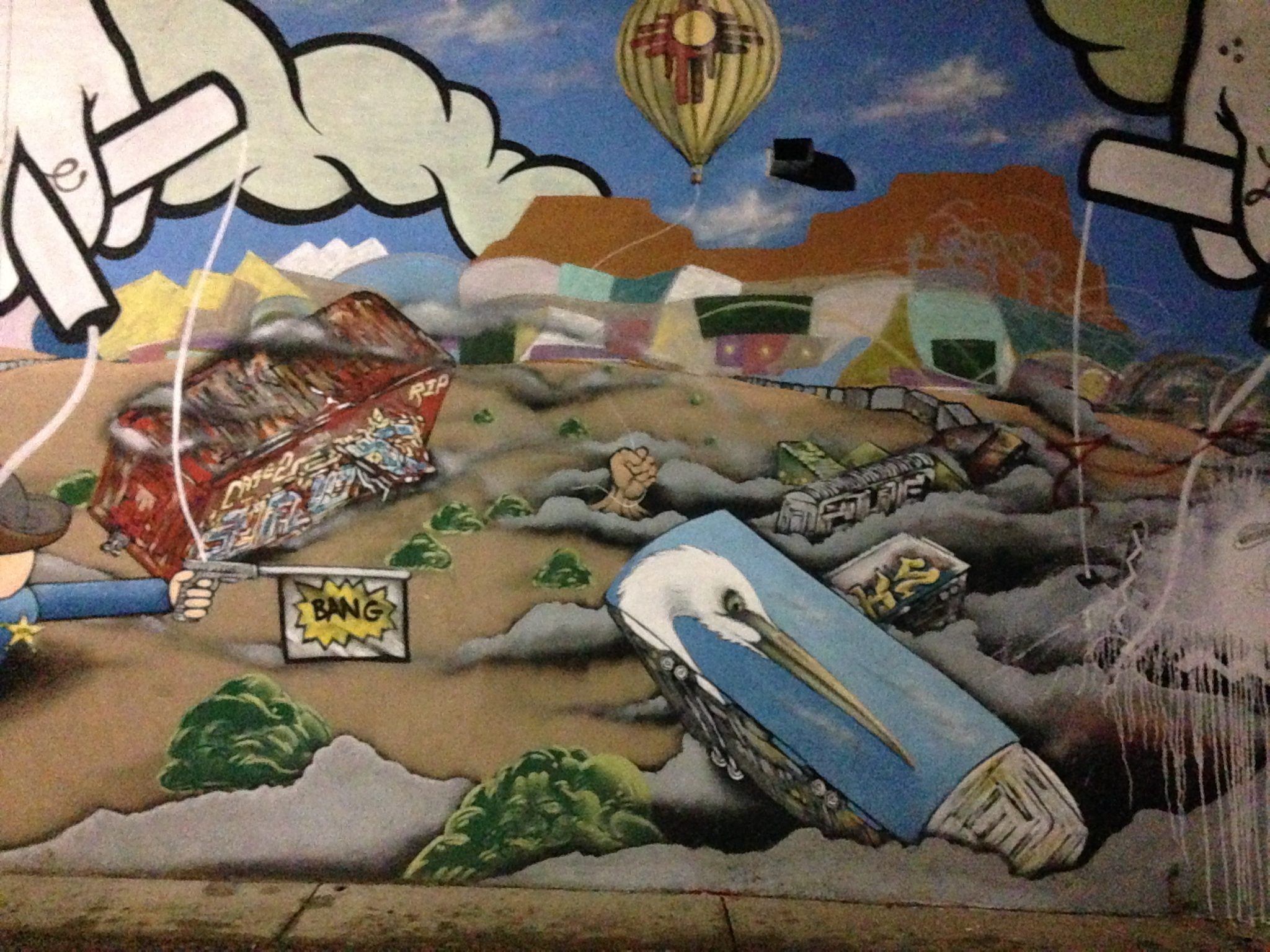


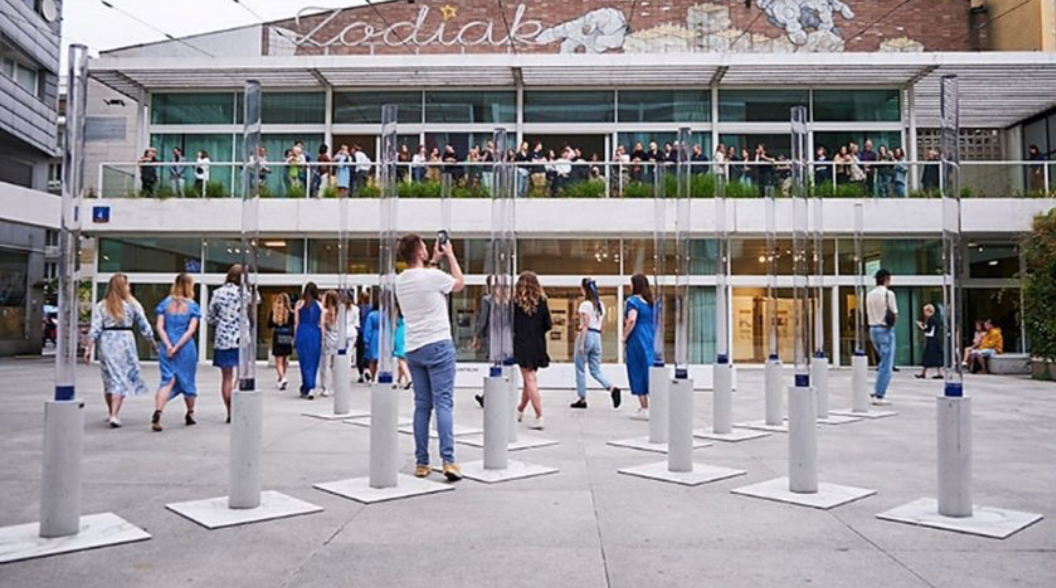
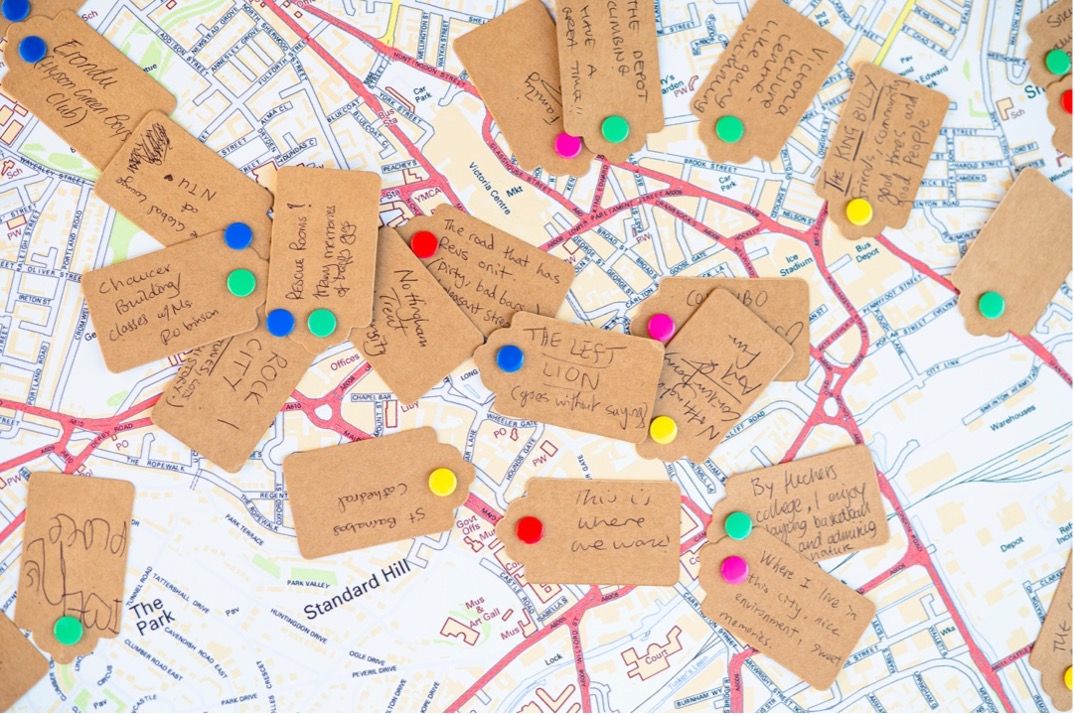

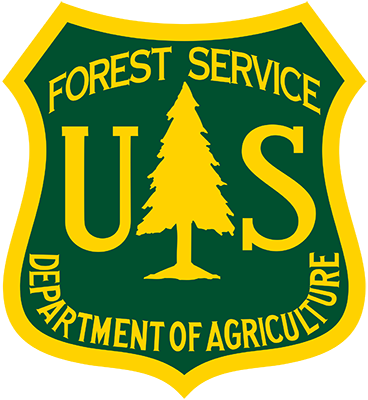

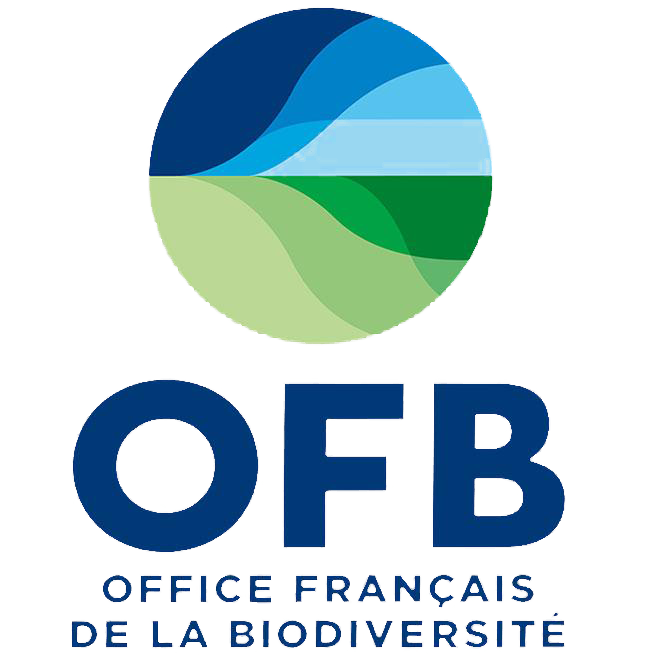




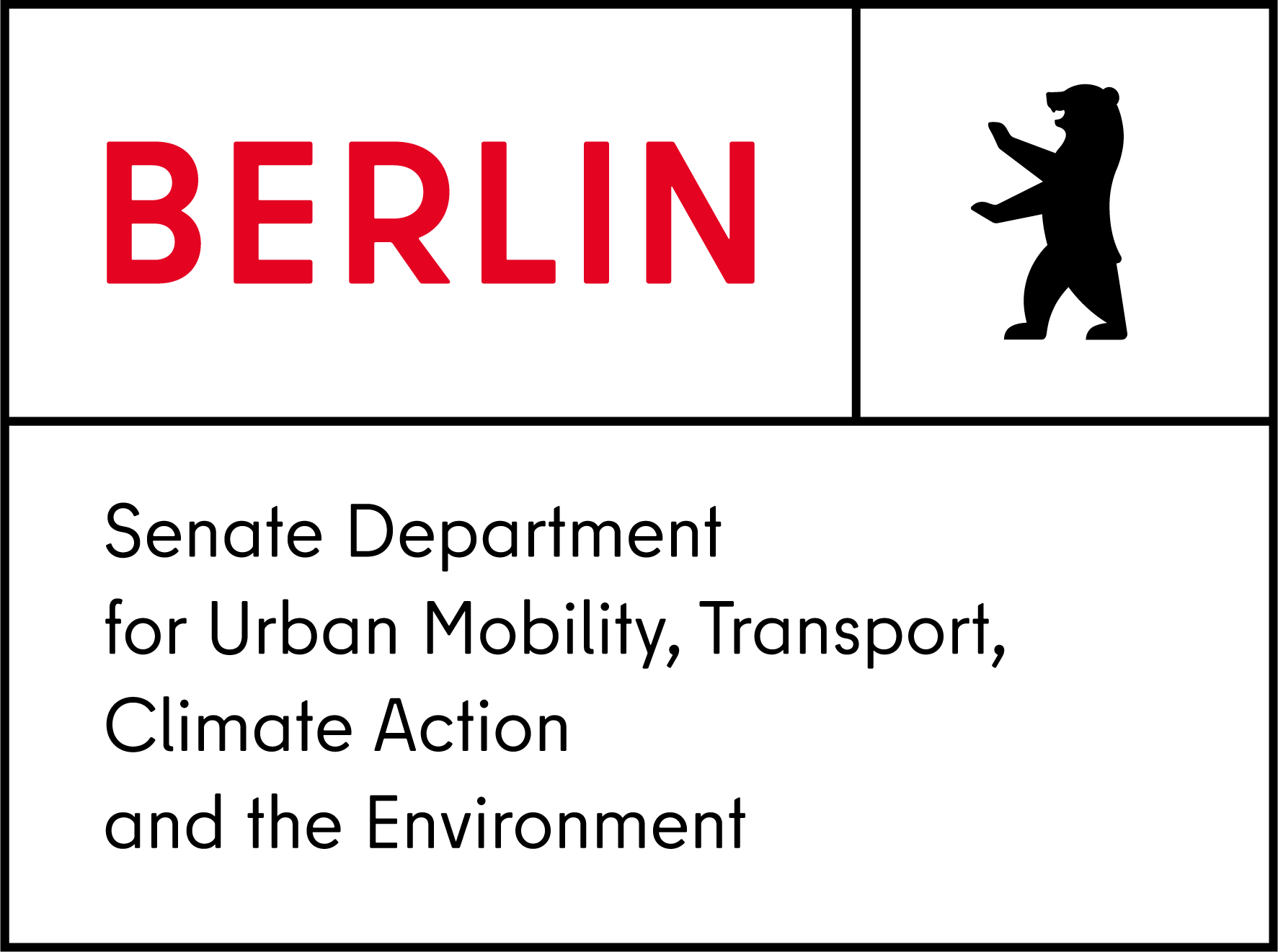
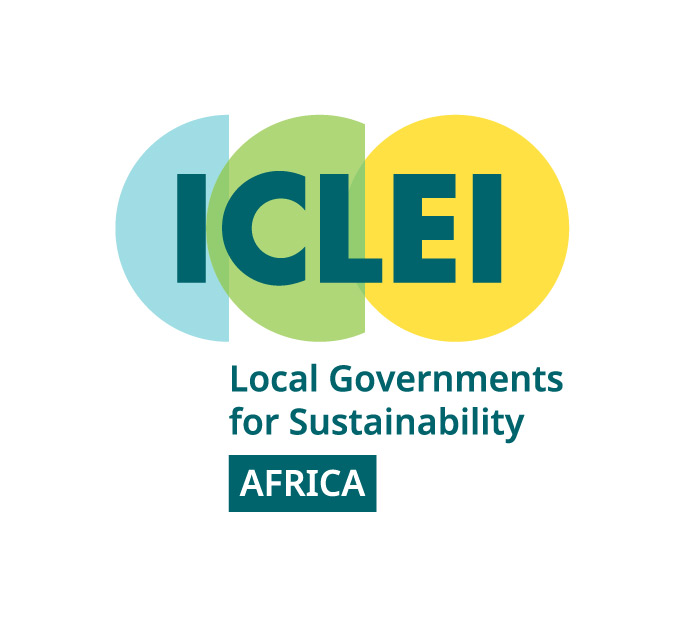
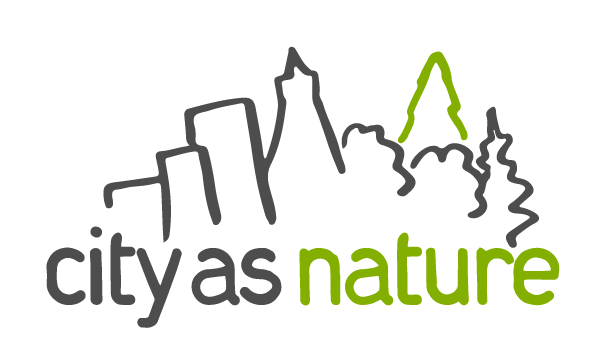









Leave a Reply